Putting my fish to work
ajames54
9 years ago
Related Stories

SMALL SPACESDownsizing Help: Where to Put Your Overnight Guests
Lack of space needn’t mean lack of visitors, thanks to sleep sofas, trundle beds and imaginative sleeping options
Full Story
GARDENING AND LANDSCAPINGHow to Make a Pond
You can make an outdoor fish paradise of your own, for less than you might think. But you'll need this expert design wisdom
Full Story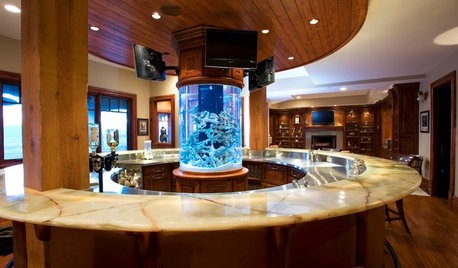
DECORATING GUIDESDesigning Nemo: 30 Fish Tanks Make a Decorative Splash
Bring an otherworldly glow and a calming vibe to your home with the living art of an aquarium
Full Story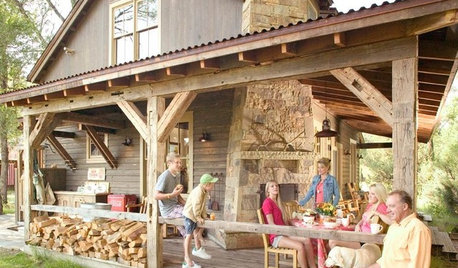
CABINSHouzz Tour: Fly-Fishing Heaven on a Colorado River
Modest and rugged yet entirely comfortable, this vacation cabin hosts 3 generations of outdoor enthusiasts
Full Story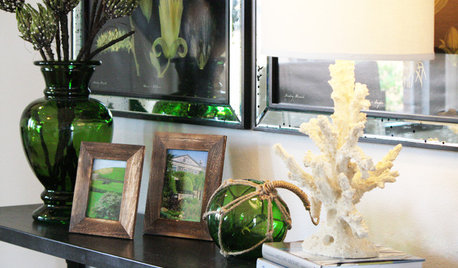
DECORATING GUIDESVintage Fishing Floats Bring a Little Mystery Indoors
These lovely orbs have become a classic sea-conjuring home accent. See how to take them beyond the beach house
Full Story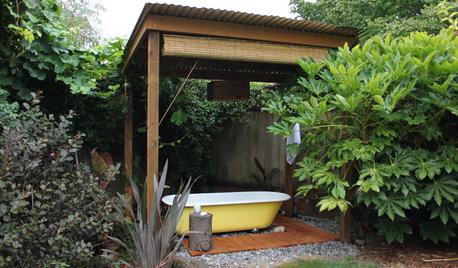
GARDENING AND LANDSCAPINGWhy Is There a Bathtub in the Backyard?
Nope, it's not waiting for bulk trash pickup. These days outdoor tubs are serving soakers, beer drinkers and even the fishes
Full Story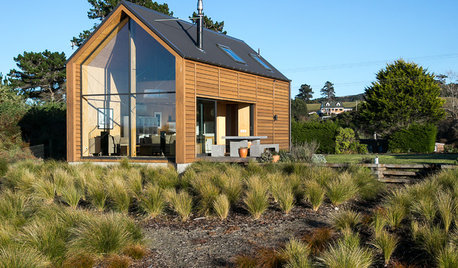
VACATION HOMESHouzz Tour: Simple Vacation Style in New Zealand
Humble materials and a familiar form help make this fishing-village retreat restful, comfortable and even uplifting
Full Story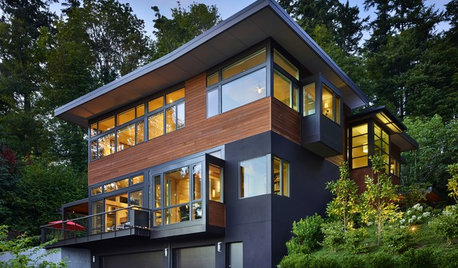
REMODELING GUIDES6 Steps to Planning a Successful Building Project
Put in time on the front end to ensure that your home will match your vision in the end
Full Story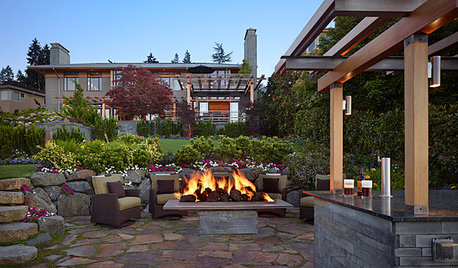
GARDENING AND LANDSCAPING4 Good Ways to Get Rid of Mosquitos in Your Yard
Stay safe from West Nile virus and put an end to irksome itches with these tools and methods for a porch, patio or yard
Full Story
MODERN HOMESHouzz Tour: ’50s Ranch Redo Could Be a Keeper
An experienced house flipper puts his creative talents to work on an L.A. remodel designed for his own family
Full StoryMore Discussions







johns.coastal.patio
CaraRose
Related Professionals
Folsom Landscape Architects & Landscape Designers · Fort Lee Landscape Architects & Landscape Designers · La Marque Landscape Architects & Landscape Designers · Piqua Landscape Architects & Landscape Designers · South Elgin Landscape Architects & Landscape Designers · Maple Valley Landscape Contractors · Edinburg Landscape Contractors · Elmhurst Landscape Contractors · Goodlettsville Landscape Contractors · Hollywood Landscape Contractors · Lynchburg Landscape Contractors · Milton Landscape Contractors · Point Pleasant Landscape Contractors · San Rafael Landscape Contractors · West Chester Landscape Contractorssteiconi
ajames54Original Author
waterbug_guy
garyfla_gw
ajames54Original Author
ajames54Original Author
lmjk1221
waterbug_guy
ajames54Original Author
waterbug_guy
ajames54Original Author
lmjk1221